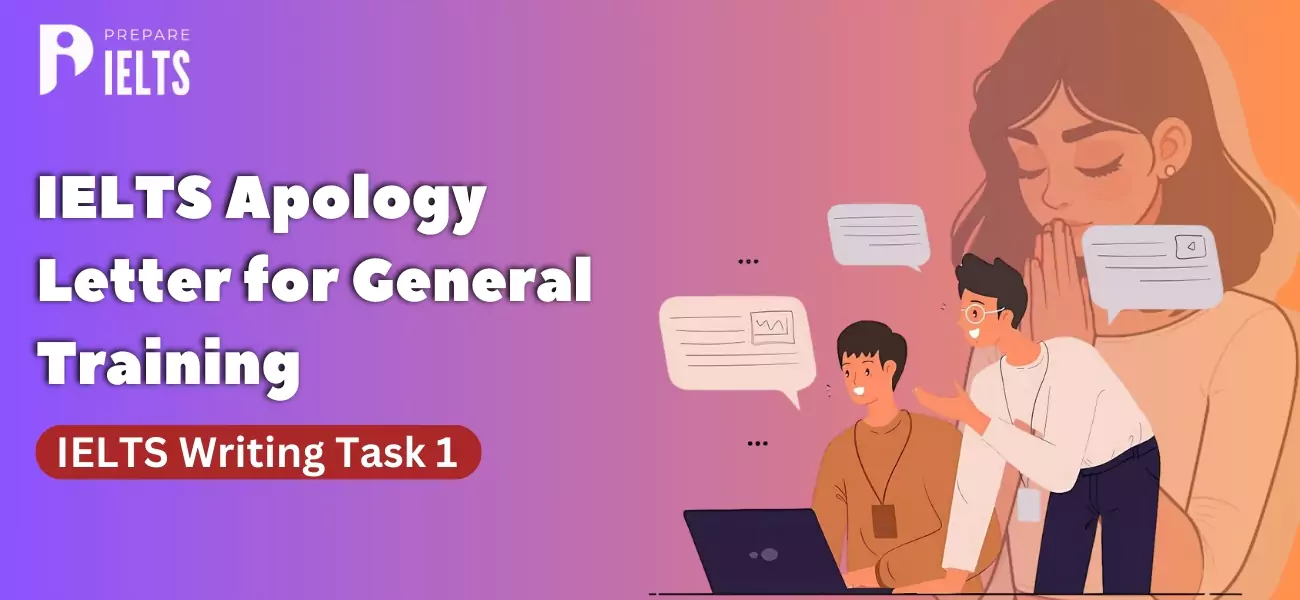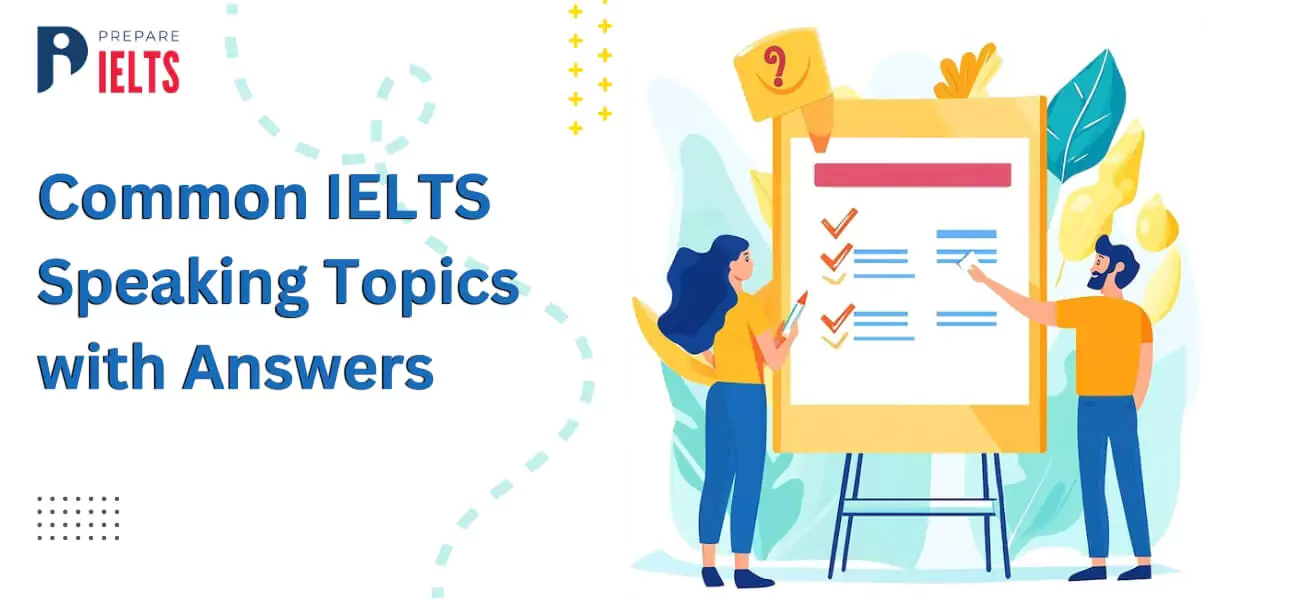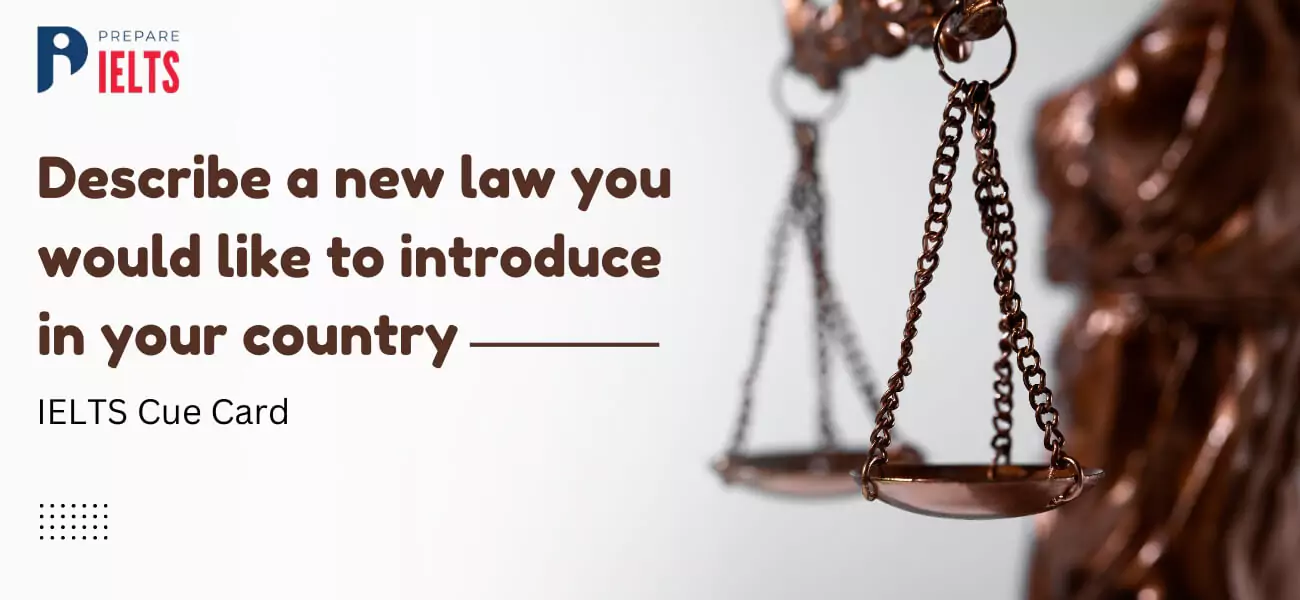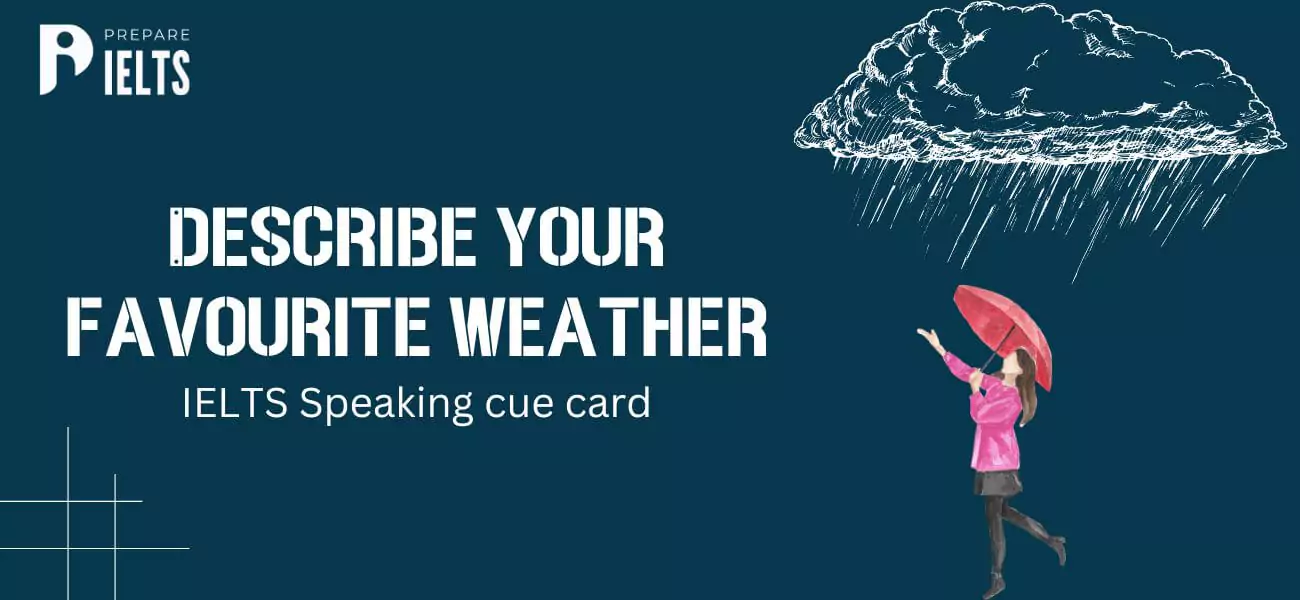
Overview
The IELTS reading section is the second module of the IELTS exam. You will need to attempt it after completing the listening section, followed by the writing and speaking sections. You have 60 minutes (1 hour) to read 3 text passages and answer 40 questions. So read them carefully, as you will not get extra time to transfer yours on the answer sheets.
In this blog, we've given an example of the reading passage for you to practise and improve your IELTS reading section score.
Caffeine: IELTS Reading Passage
Before starting the reading section, please remember to allocate no more than 20 minutes to each passage wherein, you must not only read through the passage but also answer the questions that follow.
Caffeine
-
Almost 200 years ago, a young German chemist named Friedrich Ferdinand Runge isolated a molecule from coffee beans; he named the substance caffeine. Today, scientists are still studying the properties of this bitter, white powder. More than sixty plants are known to produce caffeine, whose pungent taste helps protect them from insect predators.
-
Caffeine is probably the most widely used drug in the world. Humans have been consuming caffeine for hundreds of years, primarily In the form of coffee, tea, and cocoa. Today, it is also added to soft drinks and energy drinks and is a component of some over-the-counter medications. Many of the world’s people, including children, ingest it in some form daily.
-
The body absorbs caffeine in less than an hour, and it remains in the system for only a few hours, passing from the gastrointestinal tract into the bloodstream within about ten minutes and circulating to other organs, including the brain. Caffeine molecules are small and soluble in fat, properties that allow them to pass through a protective shield known as the blood-brain barrier and directly target the central nervous system.
-
Caffeine acts on the body in many ways, some of them probably still unknown. However, caffeine accomplishes its principal action as a stimulant by inhibiting adenosine, a chemical that binds to receptors on nerve cells and slows down their activity. Caffeine binds to the same receptors, robbing adenosine of the ability to do its job and leaving caffeine free to stimulate nerve cells, which in turn release epinephrine (also known as adrenaline), a hormone that increases heart rate and blood pressure, supplies an energy boost and in general makes people feel good.
- For all its popularity, caffeine retains a somewhat negative image. It is, after all, a mildly habit-forming stimulant that has been linked to nervousness and anxiety and that causes insomnia. It affects most of the body’s major organs. Recent research casts doubt on the magnitude of many of these seemingly undesirable effects and even suggests that a daily dose of caffeine may reduce the risk of some chronic diseases while providing short-term benefits as well.
- Daily caffeine consumption has been associated with a lower incidence of type I diabetes, Parkinson’s disease, and Alzheimer’s disease. How caffeine works to thwart diabetes, a condition characterised by high levels of glucose in the blood remains unknown, but glucose tolerance or more efficient glucose metabolism may be involved. Parkinson’s disease, a central nervous system disorder that causes tremors and joint stiffness, is linked to insufficient amounts of a substance called dopamine in the brain. Caffeine may interact with brain cells that produce dopamine and help maintain a steady supply. The role of caffeine in Alzheimer’s disease, which damages the brain and causes memory loss and confusion, may be related to a problem In the blood-brain barrier, possibly a contributor to Alzheimer’s, if not the major cause. Caffeine has been found to protect the barrier against disruption resulting from high levels of cholesterol.
- Habitual coffee and tea drinkers had long been observed to have a lower incidence of non-melanoma skin cancers, although no one knew why. A recent study found that caffeine affects skin cells damaged by ultraviolet radiation, a main cause of skin cancer. Caffeine interferes with the protein that cancerous cells need to survive, leaving the damaged cells to die before they become cancerous. Drinking caffeinated coffee has also been associated with a decreased incidence of endometrial cancer—that is, cancer of the cells lining the uterus. The strongest effect appears to be in overweight women, who are at greatest risk for the disease. Researchers believe blood sugar, fat cells and estrogen may play a role. Although the mechanism remains unknown, people who drink more than two cups of coffee or tea a day reportedly have about half the risk of developing chronic liver disease as those who drink less than one cup of coffee daily; caffeinated coffee has also been associated with lowered risk of cirrhosis and liver cancer.
- While many of caffeine’s undesirable effects, such as elevated heart rate and blood pressure, are brief, some short-term benefits, including pain relief, increased alertness, and increased physical endurance, have also been attributed to caffeine. As a component of numerous over-the-counter diet pills and pain relievers, caffeine increases their effectiveness and helps the body absorb them more quickly. By constricting blood vessels in the brain, it can alleviate headaches —even migraines—and can help counter the drowsiness caused by antihistamines.
- Caffeine does not alter the need for sleep, but does offer a temporary solution to fatigue for people who need to stay alert. Research has shown that sleep-deprived individuals who consumed caffeine had improved memory and reasoning abilities, at least in the short term. Studies of runners and cyclists have shown that caffeine can improve their stamina—hence its addition to energy boosting sports drinks.
- People who consume a lot of caffeine regularly may develop temporary withdrawal symptoms, headache being the most common, if they quit or cut back on it abruptly. Fortunately, these symptoms last only a day or two in most cases. Individuals who are more sensitive to the stimulatory side effects of caffeine may want to avoid it, but most doctors agree that the equivalent of three cups of coffee a day does not harm healthy people. There is no medical basis to give up daily caffeine, and many reasons to include a moderate amount in one’s diet.
Caffeine: IELTS Reading Questions and Answers
IELTS Reading Questions
Questions (1-9)
Which of the following statements is true based on the facts in the reading passage?
Write on your answer sheet in boxes 1 to 9.
TRUE if the statement agrees with the information
FALSE if the statement contradicts the information
NOT GIVEN if there is no information on this
1. 200 years ago, people did not drink coffee regularly.
2. Children generally do not consume caffeine.
3. The nervous system is affected by caffeine.
4. Caffeine causes the heart to beat faster.
5. Caffeine can be addictive.
6. Alzheimer’s disease may be caused in part by caffeine consumption.
7. Drinking coffee can help protect against some skin cancers.
8. Caffeine may increase the incidence of endometrial cancer.
9. Caffeine can help some medications work faster.
Questions (10-13)
Select the appropriate letter from A, B, or C. Write your responses in boxes 10 to 13 on your answer sheet.
10. Caffeine is used to treat ____________.
A. Headaches.
B. Liver cancer.
C. High blood pressure
11. Some athletes use caffeine to _____________.
Maintain their alertness.
B. Improve their speed.
C. Increase their endurance.
12. Symptoms of caffeine withdrawal ____________.
A. Are usually short-lived.
B. May last as long as a week.
C. Can become an ongoing problem.
13. Drinking three cups of coffee a day _____________.
A. Will probably not cause problems.
B. Is harmful to your health.
C. May be recommended by a doctor.
IELTS Reading Answers
Answers(1-9)
-
Not Given
From: Paragraph 1, Almost 200 years ago, a young German chemist named Friedrich Ferdinand Runge isolated a molecule from coffee beans; he named the substance caffeine.
Explanation: The answer is “Not Given” because it is unknown if coffee was commonly used by humans 200 years ago.
-
False
From: Paragraph 2, Many of the world’s people, including children, ingest it in some form daily.
Explanation: Although it is known that children do consume caffeine, the information provided opposes the claim that children do not typically drink caffeine. Thus, the statement is false.
-
True
From: Paragraph 3, Caffeine molecules are small and soluble in fat, properties that allow them to pass through a protective shield known as the blood-brain barrier and directly target the central nervous system.
Explanation: The above statement made it clear that caffeine affects the human body's nervous system. Hence, the line is true.
-
True
From: Paragraph 4, Caffeine binds to the same receptors, robbing adenosine of the ability to do its job and leaving caffeine free to stimulate nerve cells, which in turn release epinephrine (also known as adrenaline), a hormone that increases heart rate and blood pressure, supplies an energy boost and in general makes people feel good.
Explanation: The statement is true since adrenaline is released, which increases heart rate and blood pressure.
-
True
From: Paragraph 5, caffeine retains a somewhat negative image. It is, after all, a mildly habit-forming stimulant that has been linked to nervousness and anxiety and that causes insomnia.
Explanation: 'Habit-forming stimulants' indicate addiction. As a result, the statement is true.
-
False
From: Paragraph 6, Daily caffeine consumption has been associated with a lower incidence of type I diabetes, Parkinson’s disease, and Alzheimer’s disease.
Explanation: This argument opposes the data suggesting that caffeine consumption may have a role in the development of Alzheimer's disease; consequently, caffeine consumption is linked to a reduced risk of the illness.
-
True
From: Paragraph 7, a recent study found that caffeine affects skin cells damaged by ultraviolet radiation, a main cause of skin cancer. Caffeine interferes with the protein that cancerous cells need to survive, leaving the damaged cells to die before they become cancerous. Drinking caffeinated coffee has also been associated with a decreased incidence of endometrial cancer—that is, cancer of the cells lining the uterus.
Explanation: These claims suggest drinking coffee may help prevent skin and endometrial cancers. The statement is true in the present in the passage.
-
False
From: Paragraph 7, a recent study found that caffeine affects skin cells damaged by ultraviolet radiation, a main cause of skin cancer. Caffeine interferes with the protein that cancerous cells need to survive, leaving the damaged cells to die before they become cancerous. Drinking caffeinated coffee has also been associated with a decreased incidence of endometrial cancer—that is, cancer of the cells lining the uterus.
Explanation: Caffeine is said to reduce the risk of endometrial cancer. However, the information provided and what is claimed are contradictory in this regard.
-
True
From: Paragraph 8, Caffeine is a component of numerous over-the-counter diet pills and pain relievers. Caffeine increases their effectiveness and helps the body absorb them more quickly.
Explanation: The claim that coffee may speed up the effectiveness of some drugs makes this statement true.
-
B
From: Paragraph 7, Although the mechanism remains unknown, people who drink more than two cups of coffee or tea a day reportedly have about half the risk of developing chronic liver disease as those who drink less than one cup of coffee daily.
Explanation: Consequently, since coffee consumption can help treat liver cancer, option B is appropriate.
-
C
From: Paragraph 9, Studies of runners and cyclists have shown that caffeine can improve their stamina—hence its addition to energy-boosting sports drinks.
Explanation: This suggests that caffeine is a performance enhancer used by some athletes.
-
A
From: Paragraph 10, People who consume a lot of caffeine regularly may develop temporary withdrawal symptoms, headache being the most common, if they quit or cut back on it abruptly.
Explanation: As a result, since the symptoms of withdrawal from caffeine are usually temporary, option A is the appropriate one.
-
A
From: Paragraph 10, most doctors agree that the equivalent of three cups of coffee a day does not harm healthy people. There is no medical basis for giving up daily caffeine, and there are many reasons to include a moderate amount in one’s diet.
Explanation: It suggests option A is the appropriate one and that consuming three cups of coffee a day will probably not cause any problems.
Register Now, for a free Mock test - Join Today!
Conclusion
In conclusion, by regularly practising different reading passage types, you can improve your understanding of the text and quickly read and answer all the questions, which would help you obtain an outstanding band score in the reading section.
If you want to know more about the IELTS or want to prepare for IELTS, we recommend you sign up for our IELTS courses designed by our experts. Please contact Prepare IELTS Exam (PI) expert counsellors if you need further guidance. Our team of education experts is dedicated to assisting you in the best possible way for the IELTS exam. You can also get a one-on-one counselling session online via our platform. Register for free now. Contact us at info@prepareieltsexam.com or call us at +91 9773398388.
Latest Blogs
-

IELTS Score for Canada: Minimum IELTS Requirement for Canada 2025
2024-09-27 18:24:14
-

IELTS Apology Letter for General Training: IELTS Writing Task 1
2024-09-25 16:38:03
-

Minimum IELTS Score for Australia: Student Visas, Universities, and PR in Australia
2024-09-23 18:09:51
-

Common IELTS Speaking Topics with Answers
2024-09-20 18:21:56
-

Describe a foreign culture that you like: IELTS speaking cue card
2024-09-18 16:14:11
-

Describe a Rainy Day IELTS Speaking cue card
2024-09-18 11:11:32
-

Describe a new law you would like to introduce in your country IELTS cue card
2024-09-13 17:17:46
-

Describe your favourite weather: IELTS cue card
2024-09-11 18:01:28
-

Describe an enjoyable journey by public transport: IELTS cue card
2024-09-09 18:05:45
-

Step-by-Step Guide to IELTS Registration in India for the Year 2024 & 2025
2024-09-07 12:59:51


